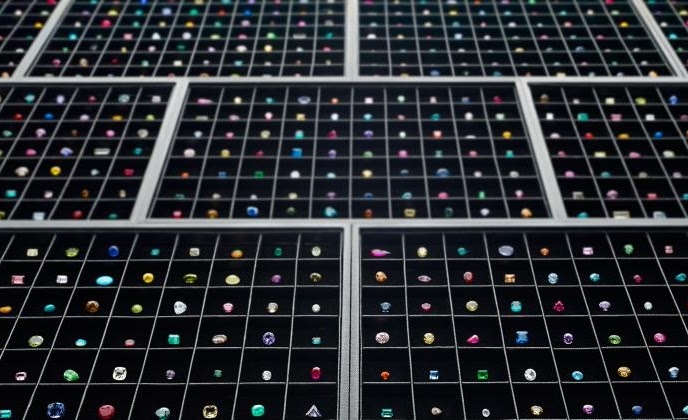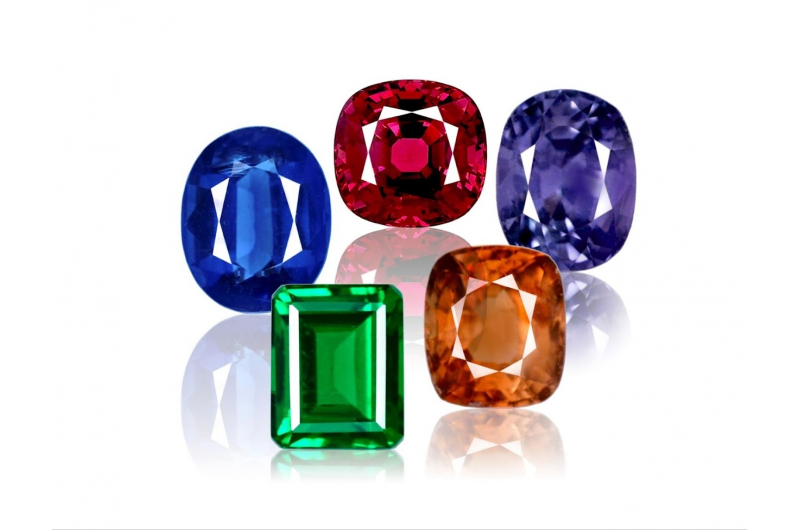A JOURNEY INTO THE WORLD OF GEMMOLOGY
Alumni Interview Series
| We recently had the opportunity of meeting Bonita Kwok (Class of 2000), Head of Laboratory, the Gübelin Gem Lab, Hong Kong. Established in 1923, the Gübelin Gem Lab is renowned globally as one of the most respected gemmology laboratories. Bonita received her BSc in Earth Sciences and MSc in Material Sciences from The University of Hong Kong. | 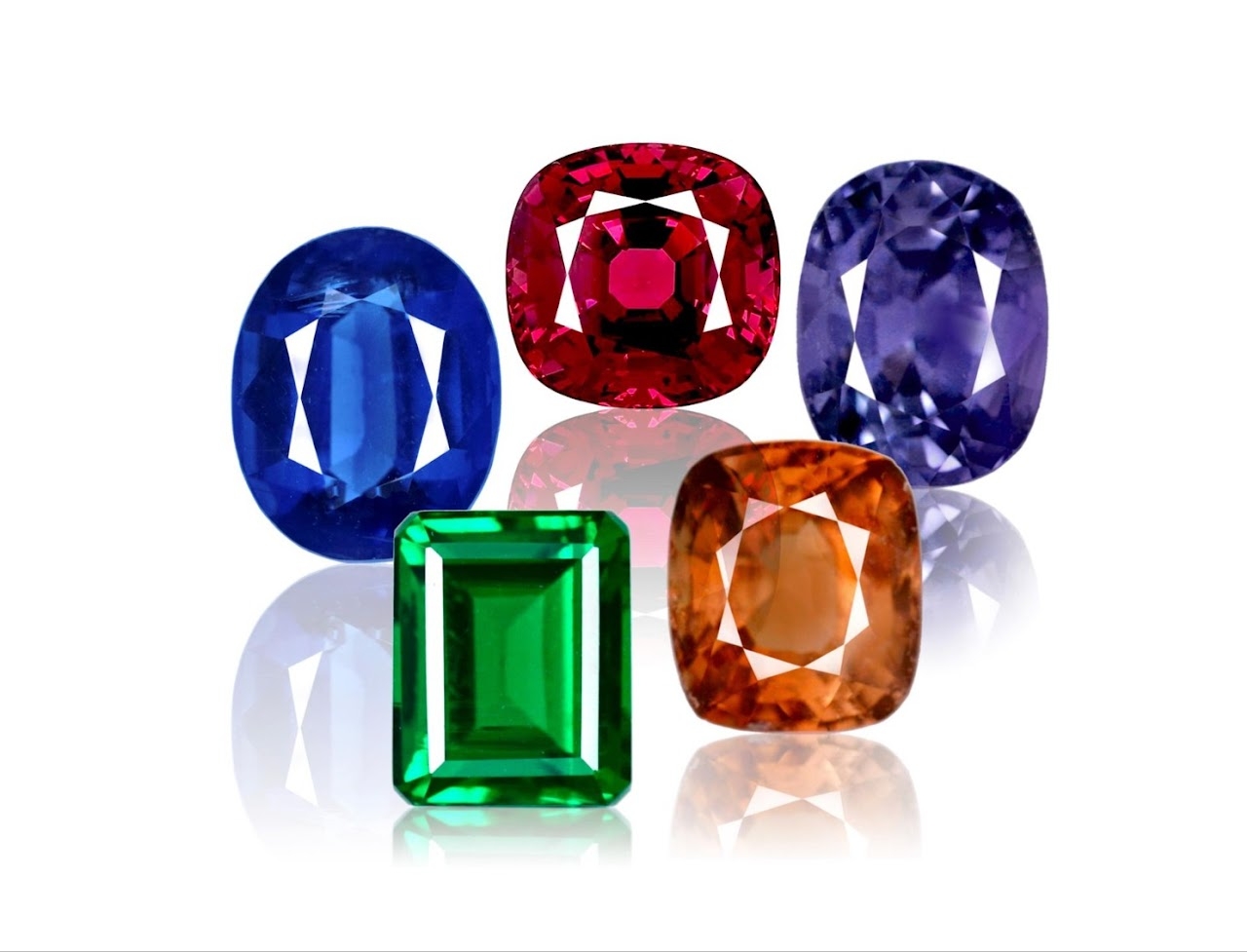 |
|
How did you become a gemmologist?
My journey into gemmology began from my interest in mineralogy. At the time of my graduation, there were limited opportunities in gemmology in Hong Kong. I had two options. I could either pursue a career in gemmology abroad or slightly shift my focus and work in the mining industry. During the last semester of my final year, Professor Min Sun suggested to me that a local gem lab was looking to hire a gemmologist. I seized the opportunity and embarked on my career journey in gemmology. |
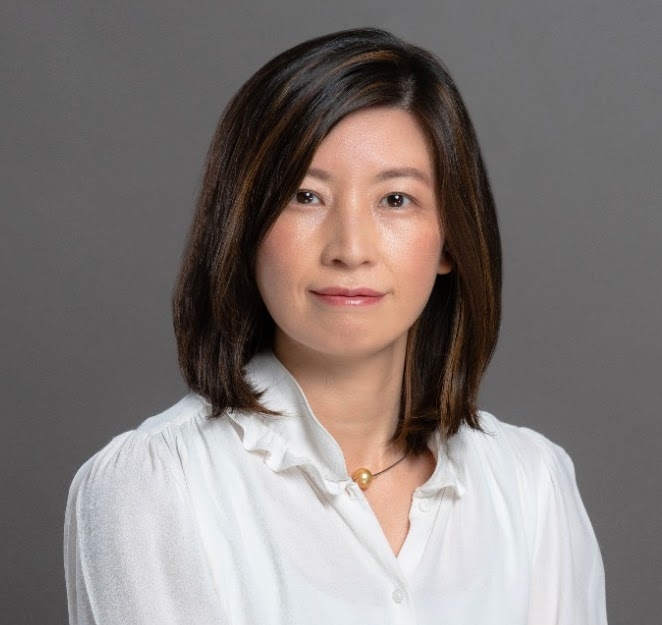 Head of Laboratory, the Gübelin Gem Lab, Hong Kong |
My Earth Sciences background has helped me to easily acquire a diploma in gemmology and be involved in relevant research. My various qualifications, including a Master's in Material Sciences, and a Certified ESG Analyst (CESGA), among others have been instrumental in my career.
As the Head of the Laboratory, my roles encompass a wide range of responsibilities. I oversee various aspects of daily operations, including event planning, client services, finance, and human resources. In addition, I have to ensure that the lab adheres to the global strategy and policies of the Gübelin Gem Lab. With a long history, dated back to 1923, the Gübelin Gem Lab places great emphasis on its culture and consistency.
The gemstone market has evolved significantly over the years. The market is divided into segments based on type, application, and region. In terms of type, the market is categorized into diamond, emerald, ruby, sapphire, and others. Among these, the diamond segment holds the largest market share. On the other hand, the market is segmented by application into jewelry, watches, and others, with the jewelry segment dominating the market. Geographically, Asia Pacific is the largest market for gemstones, followed by North America and Europe.
In Hong Kong, the Government has introduced new regulations to protect end consumers, including the HOKLAS system, an accreditation system for gem labs in diamond and jadeite jade. These changes have made professional gem reports increasingly prominent among end users.
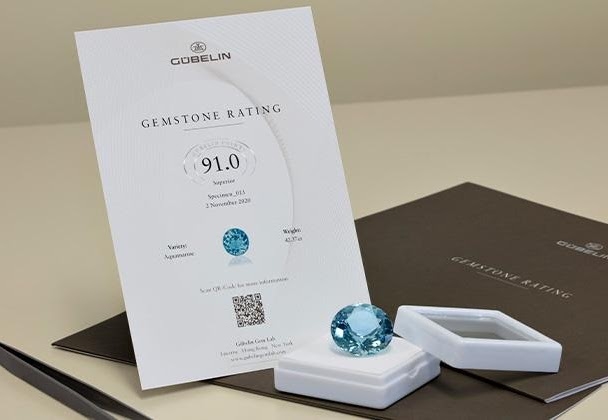
Due to the rarity of gemstones, people often inquire about trade colours such as ruby’s pigeon blood and sapphire’s royal blue. However, it is important to emphasize that the beauty of gemstones is not solely based on colour. Gemstones' allure stems from a combination of factors, including their unique optical phenomena, including asterism, chatoyancy, colour-change, clarity, transparency, cut, craftsmanship and rarity. The Gübelin rating system aids end users in appreciating the magnificence of gemstones.
The most rewarding part of my job is the opportunity to examine many masterpieces up close personally.
